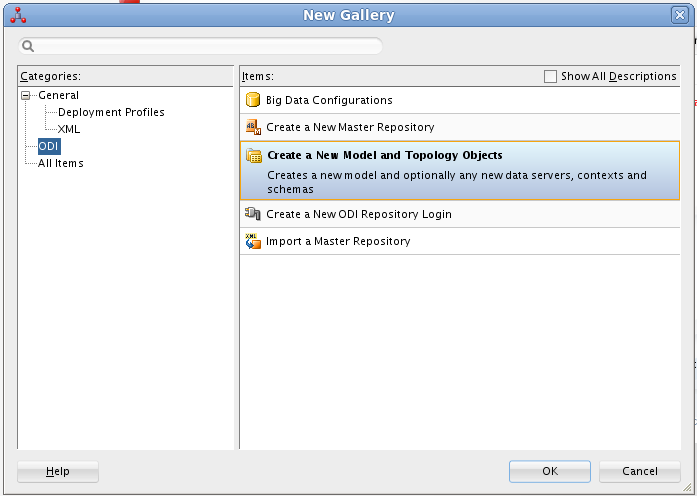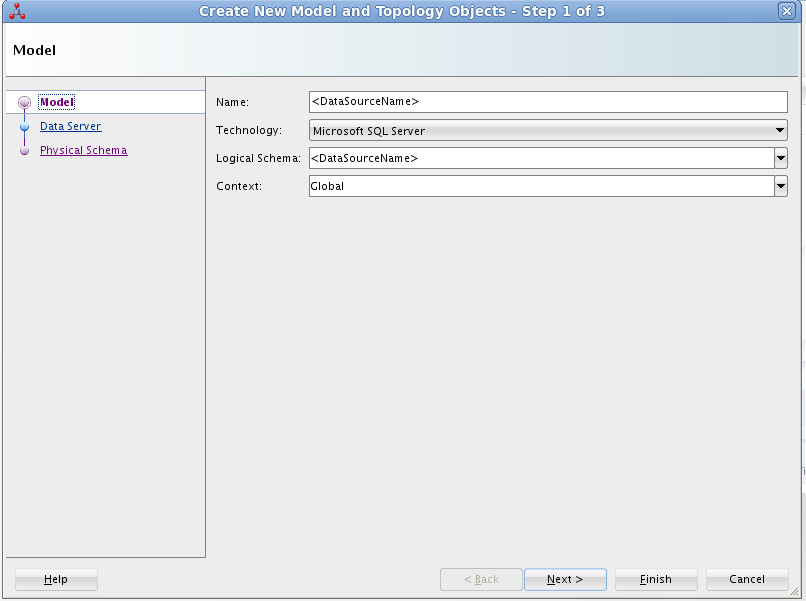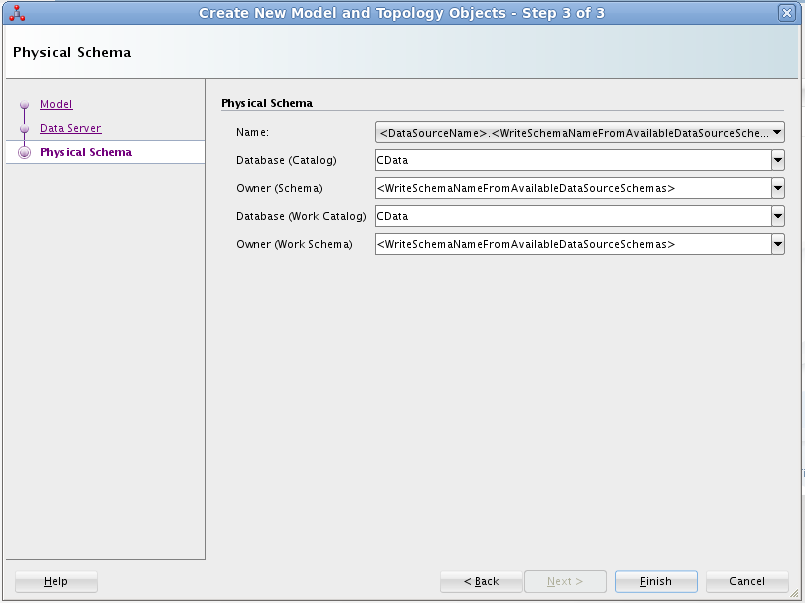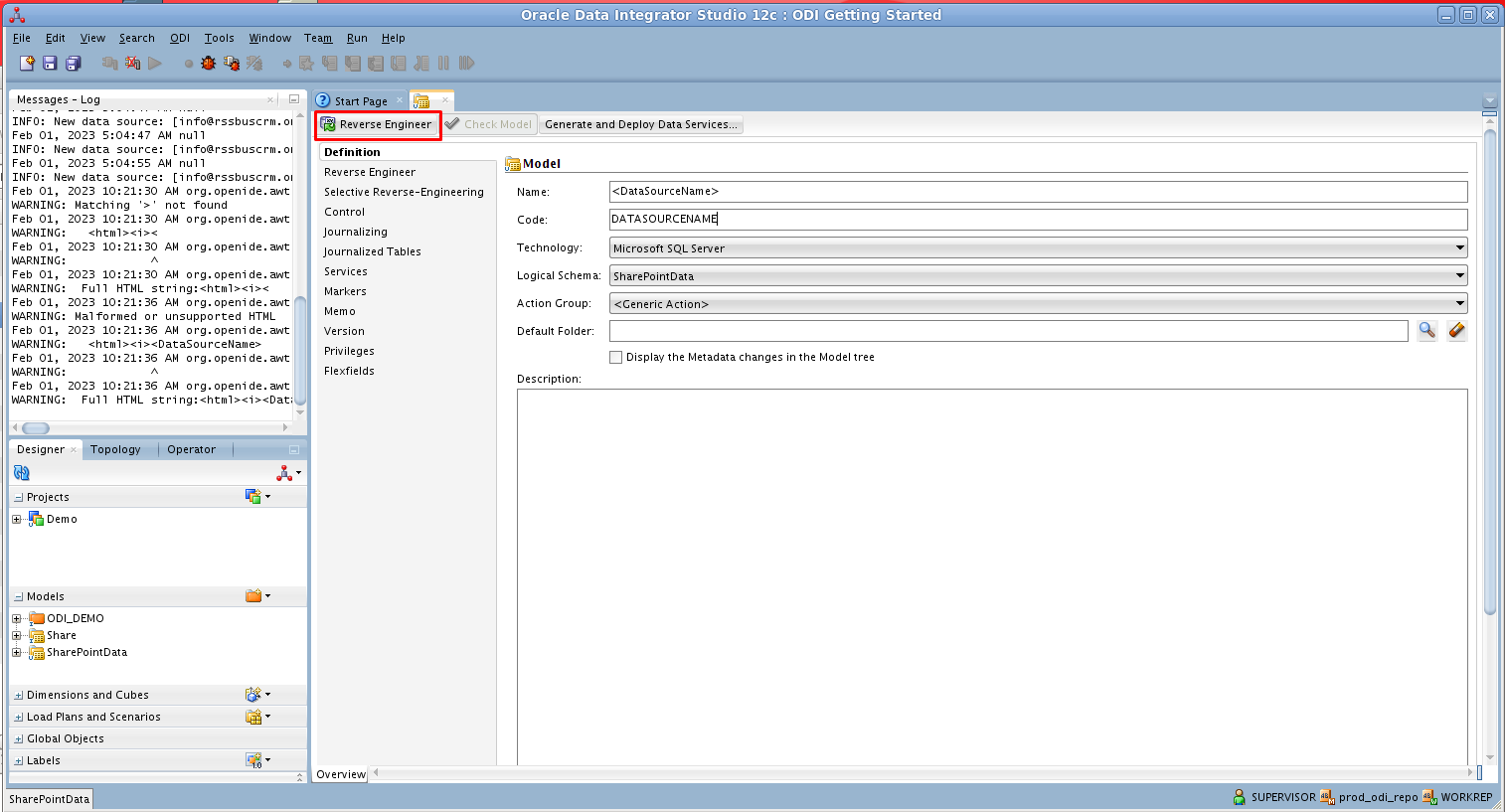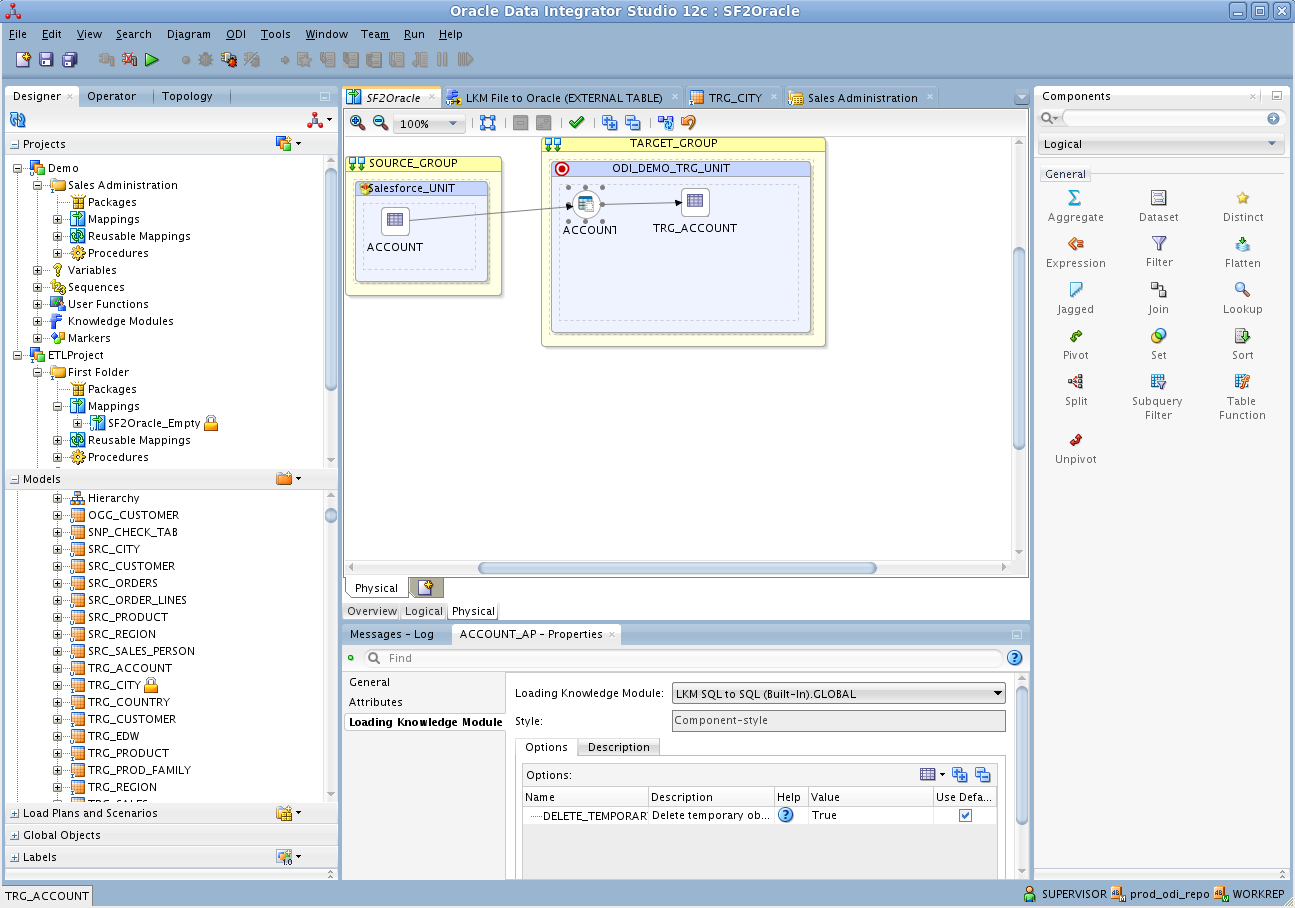Model Context Protocol (MCP) finally gives AI models a way to access the business data needed to make them really useful at work. CData MCP Servers have the depth and performance to make sure AI has access to all of the answers.
Try them now for free →ETL Odoo in Oracle Data Integrator
This article shows how to transfer Odoo data into a data warehouse using Oracle Data Integrator.
Leverage existing skills by using the JDBC standard to read and write to Odoo: Through drop-in integration into ETL tools like Oracle Data Integrator (ODI), the CData JDBC Driver for Odoo connects real-time Odoo data to your data warehouse, business intelligence, and Big Data technologies.
JDBC connectivity enables you to work with Odoo just as you would any other database in ODI. As with an RDBMS, you can use the driver to connect directly to the Odoo APIs in real time instead of working with flat files.
This article walks through a JDBC-based ETL -- Odoo to Oracle. After reverse engineering a data model of Odoo entities, you will create a mapping and select a data loading strategy -- since the driver supports SQL-92, this last step can easily be accomplished by selecting the built-in SQL to SQL Loading Knowledge Module.
About Odoo Data Integration
Accessing and integrating live data from Odoo has never been easier with CData. Customers rely on CData connectivity to:
- Access live data from both Odoo API 8.0+ and Odoo.sh Cloud ERP.
-
Extend the native Odoo features with intelligent handling of many-to-one, one-to-many, and many-to-many data properties. CData's connectivity solutions also intelligently handle complex data properties within Odoo. In addition to columns with simple values like text and dates, there are also columns that contain multiple values on each row. The driver decodes these kinds of values differently, depending upon the type of column the value comes from:
- Many-to-one columns are references to a single row within another model. Within CData solutions, many-to-one columns are represented as integers, whose value is the ID to which they refer in the other model.
- Many-to-many columns are references to many rows within another model. Within CData solutions, many-to-many columns are represented as text containing a comma-separated list of integers. Each value in that list is the ID of a row that is being referenced.
- One-to-many columns are references to many rows within another model - they are similar to many-to-many columns (comma-separated lists of integers), except that each row in the referenced model must belong to only one in the main model.
- Use SQL stored procedures to call server-side RFCs within Odoo.
Users frequently integrate Odoo with analytics tools such as Power BI and Qlik Sense, and leverage our tools to replicate Odoo data to databases or data warehouses.
Getting Started
Install the Driver
To install the driver, copy the driver JAR (cdata.jdbc.odoo.jar) and .lic file (cdata.jdbc.odoo.lic), located in the installation folder, into the ODI appropriate directory:
- UNIX/Linux without Agent: ~/.odi/oracledi/userlib
- UNIX/Linux with Agent: ~/.odi/oracledi/userlib and $ODI_HOME/odi/agent/lib
- Windows without Agent: %APPDATA%\Roaming\odi\oracledi\userlib
- Windows with Agent: %APPDATA%\odi\oracledi\userlib and %APPDATA%\odi\agent\lib
Restart ODI to complete the installation.
Reverse Engineer a Model
Reverse engineering the model retrieves metadata about the driver's relational view of Odoo data. After reverse engineering, you can query real-time Odoo data and create mappings based on Odoo tables.
-
In ODI, connect to your repository and click New -> Model and Topology Objects.
![Create a New Model]()
- On the Model screen of the resulting dialog, enter the following information:
- Name: Enter Odoo.
- Technology: Select Generic SQL (for ODI Version 12.2+, select Microsoft SQL Server).
- Logical Schema: Enter Odoo.
- Context: Select Global.
![Configuring the Model]()
- On the Data Server screen of the resulting dialog, enter the following information:
- Name: Enter Odoo.
- Driver List: Select Oracle JDBC Driver.
- Driver: Enter cdata.jdbc.odoo.OdooDriver
- URL: Enter the JDBC URL containing the connection string.
To connect, set the Url to a valid Odoo site, User and Password to the connection details of the user you are connecting with, and Database to the Odoo database.
Built-in Connection String Designer
For assistance in constructing the JDBC URL, use the connection string designer built into the Odoo JDBC Driver. Either double-click the JAR file or execute the jar file from the command-line.
java -jar cdata.jdbc.odoo.jarFill in the connection properties and copy the connection string to the clipboard.
![Using the built-in connection string designer to generate a JDBC URL (Salesforce is shown.)]()
Below is a typical connection string:
jdbc:odoo:User=MyUser;Password=MyPassword;URL=http://MyOdooSite/;Database=MyDatabase;
![Configuring the Data Server]()
- On the Physical Schema screen, enter the following information:
- Name: Select from the Drop Down menu.
- Database (Catalog): Enter CData.
- Owner (Schema): If you select a Schema for Odoo, enter the Schema selected, otherwise enter Odoo.
- Database (Work Catalog): Enter CData.
- Owner (Work Schema): If you select a Schema for Odoo, enter the Schema selected, otherwise enter Odoo.
![Configuring the Physical Schema]()
- In the opened model click Reverse Engineer to retrieve the metadata for Odoo tables.
![Reverse Engineer the Model]()
Edit and Save Odoo Data
After reverse engineering you can now work with Odoo data in ODI.
To edit and save Odoo data, expand the Models accordion in the Designer navigator, right-click a table, and click Data. Click Refresh to pick up any changes to the data. Click Save Changes when you are finished making changes.

Create an ETL Project
Follow the steps below to create an ETL from Odoo. You will load res_users entities into the sample data warehouse included in the ODI Getting Started VM.
Open SQL Developer and connect to your Oracle database. Right-click the node for your database in the Connections pane and click new SQL Worksheet.
Alternatively you can use SQLPlus. From a command prompt enter the following:
sqlplus / as sysdba- Enter the following query to create a new target table in the sample data warehouse, which is in the ODI_DEMO schema. The following query defines a few columns that match the res_users table in Odoo:
CREATE TABLE ODI_DEMO.TRG_RES_USERS (EMAIL NUMBER(20,0),name VARCHAR2(255)); - In ODI expand the Models accordion in the Designer navigator and double-click the Sales Administration node in the ODI_DEMO folder. The model is opened in the Model Editor.
- Click Reverse Engineer. The TRG_RES_USERS table is added to the model.
- Right-click the Mappings node in your project and click New Mapping. Enter a name for the mapping and clear the Create Empty Dataset option. The Mapping Editor is displayed.
- Drag the TRG_RES_USERS table from the Sales Administration model onto the mapping.
- Drag the res_users table from the Odoo model onto the mapping.
- Click the source connector point and drag to the target connector point. The Attribute Matching dialog is displayed. For this example, use the default options. The target expressions are then displayed in the properties for the target columns.
- Open the Physical tab of the Mapping Editor and click RES_USERS_AP in TARGET_GROUP.
- In the RES_USERS_AP properties, select LKM SQL to SQL (Built-In) on the Loading Knowledge Module tab.
![SQL-based access to Odoo enables you to use standard database-to-database knowledge modules.]()
You can then run the mapping to load Odoo data into Oracle.

